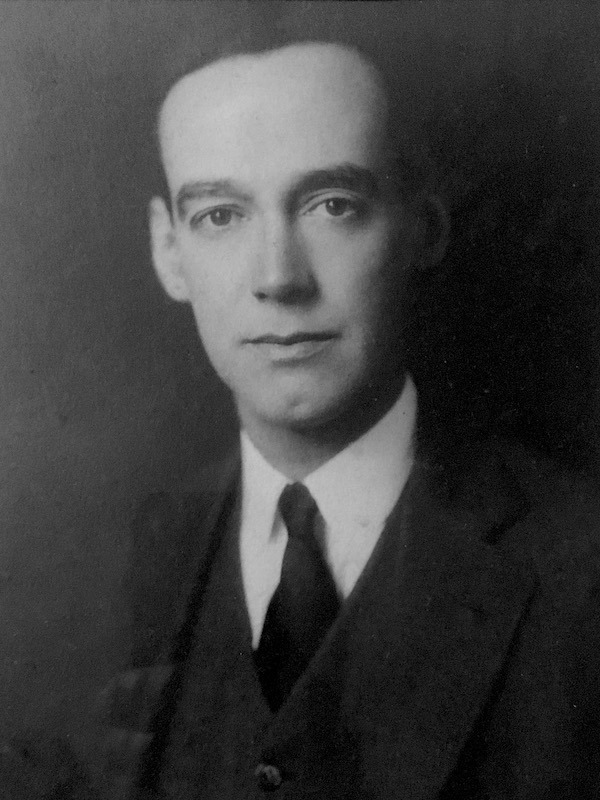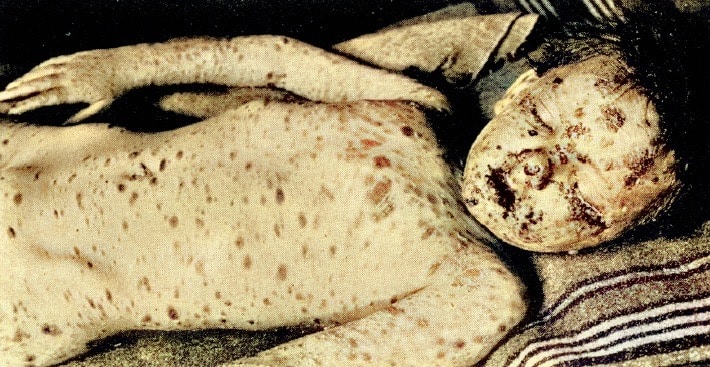Frank Johnson

Frank Chambliss Johnson (1894-1934) was an American pediatrician and amateur botanist.
He is eponymously remembered with Albert Mason Stevens (1884-1945), for being the first to draw attention to the conjunctival involvement in what came to be known as Stevens-Johnson syndrome
Johnson died tragically aged 40 following a fall from a cliff whilst collecting plant specimens. Very little is documented of his life, times and medical work.
Biography
- Born in 1894
- 1916 – Graduated Rutgers College
- 1920 – Graduated Doctor of Medicine, Columbia University Physicians and Surgeons
- Working life: Specialised in paediatrics. Started his own Paediatrics practice in New Brunswick, New Jersey. Worked at Bellevue Hospital, where it is believed he met Albert Stevens. Treasurer of Middlesex County Medical Society.
- Died January 1, 1934 in a quarry fall in New Jersey whilst studying geological formations and plant life
Medical Eponyms
Stevens-Johnson syndrome (1922)
Stevens-Johnson syndrome is an immunological skin condition, often secondary to drugs or infection. Initial presentation is usually a feverish prodromal period followed by a blistering erythematous skin condition – characterised by mucous membrane involvement
Albert Mason Stevens (1884-1945) and Johnson were the first to draw attention to the conjunctival involvement of the syndrome which was the distinguishing feature at that time
In 1922 Stevens and Johnson published the case reports of two boys aged 7 and 8 at Bellevue hospital, New York. This report was also published later that year in the Lancet. “A New Eruptive Fever Associated with Stomatitis and Ophthalmia” in children. They could find no description of a similar cutaneous eruption and thought that no known diagnosis could be made from the symptoms and course of the disease.
Two cases have been observed of a generalized cutaneous eruption, not conforming to any recognized dermatologie condition. Both cases occurred in boys, one aged 7, the other 8, coming from widely separated parts of New York City, with no possibility of contact. Both cases manifested a purulent conjunctivitis, in Case 2 going on to panophthalmitis and total loss of vision, and in Case 1 responding to treatment, but leaving a severe corneal scar. The pus showed pyogenic organisms only; no gonococci.
Stevens and Johnson. 1922

Major Publications
- Stevens AM, Johnson FC. A new eruptive fever associated with stomatitis and ophthalmia: report of two cases in children. Am J Dis Child. 1922; 24(6): 526-533.
- Stevens AM, Johnson FC. A New Eruptive Fever. The Lancet. 1922; 200(5183): 1396
References
Biography
- [Portrait aged 19]: The Scarlet Letter: Rutgers Yearbook. 1915: 42
- Obituary: Dr. Frank C. Johnson. New York Times Jan 3 1934.
- Ström J. Männen bakom syndromet: albert stevens och frank johnson. Först att beskriva “okänd infektionssjukdom”–allergi utlöst av läkemedel eller infektion [The men behind the syndrome: Albert Stevens and Frank Johnson. First to describe an unknown infectious disease allergy caused by drugs or infection]. Lakartidningen. 1983 Mar 16;80(11):1076-7. Swedish
- [Portrait aged around 35]: Personal communication with grandson Frederick C. Wemyss. 2021
Eponymous terms
- Bohigian, George M. The history of Stevens-Johnson Syndrome and a case study. St. Louis: Center for History of Medicine at Washington University School of Medicine, 2015
[cite]
BSc, MD from University of Western Australia. Junior Doctor currently working at Sir Charles Gairdner Hospital.

